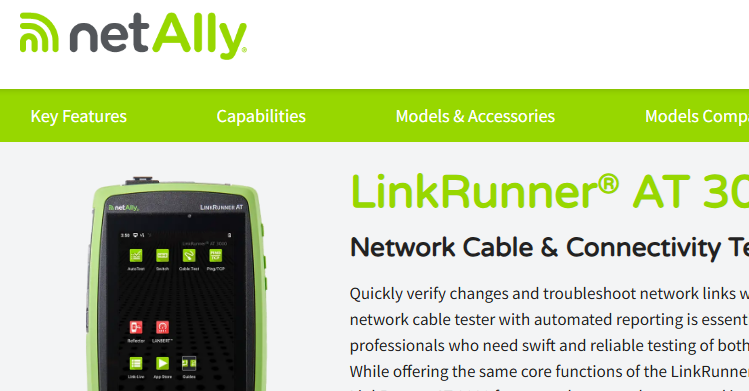What I Learned from the LinkRunner in my lab
- Tony Fortunato

- Jun 16, 2025
- 1 min read
Updated: Jun 17, 2025
In the world of network troubleshooting, your tools are only as powerful as your understanding of them. Recently, I decided to test my NetAlly LinkRunner in a very specific scenario: what happens when all IP addresses in a subnet are exhausted? This wasn’t just a curiosity-driven test—it was a chance to explore the limits of the device and see exactly how it handles edge cases that might occur in the real world. Understanding these reactions ahead of time can make all the difference during critical on-site diagnostics.

During the test, I configured a small DHCP pool with only one address. Once the address was used, I connected the LinkRunner to see how it would behave. The result was clear and educational—the device accurately reported a DHCP failure, but lacked any further details. The only clue was that there wasnt a DHCP response, but that could be caused by anything. This insight confirmed that the LinkRunner detected the problem, but the technician needs to interpret and investigate what it means.
This small but revealing test reinforced a key principle: knowing your tool is just as important as owning it. Anyone can use a tester to look for cable issues or ping a gateway, but understanding how your equipment behaves under non-ideal circumstances is what separates reactive troubleshooting from proactive problem-solving. By regularly testing our tools and pushing their boundaries, we prepare ourselves for real-world issues—and ensure we're not caught off guard when they strike.
In some cases, vendors take this kind of feedback and tweak the product moving forward.
2H 2024 NETSCOUT DDoS Threat Report: The Next Generation
click the image for the free download





